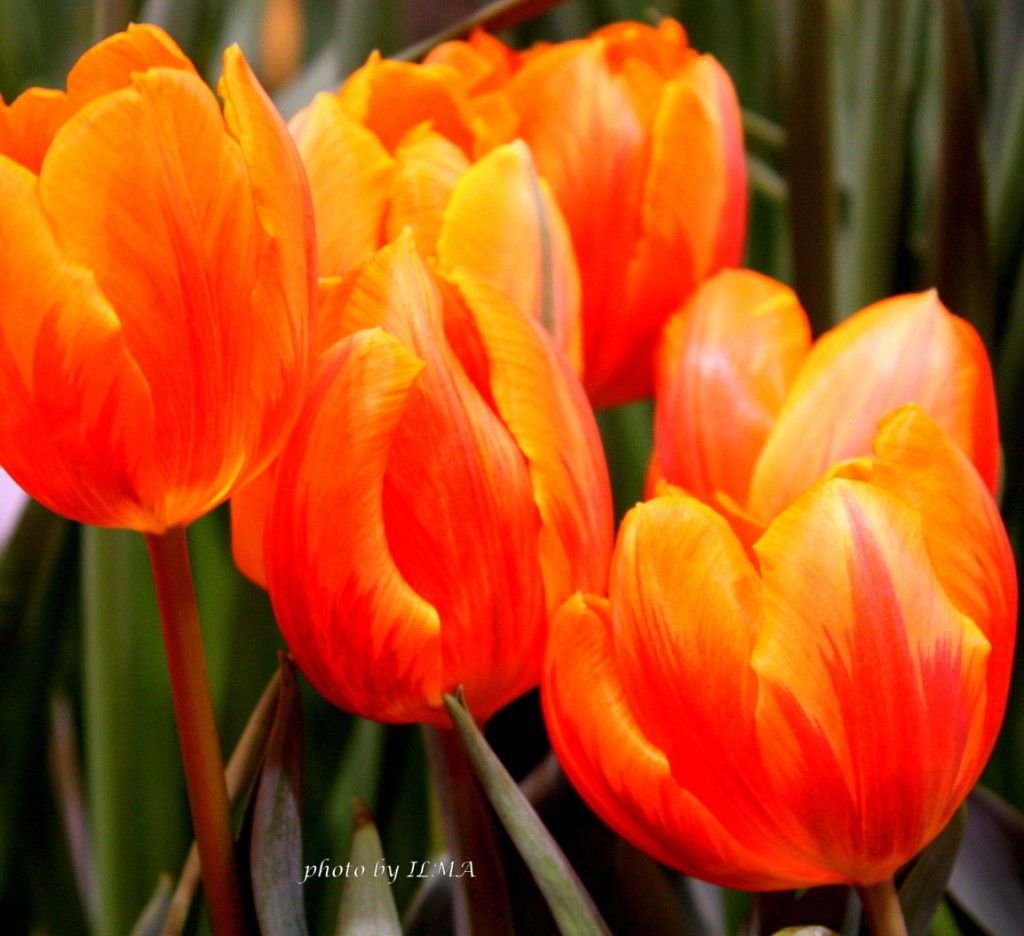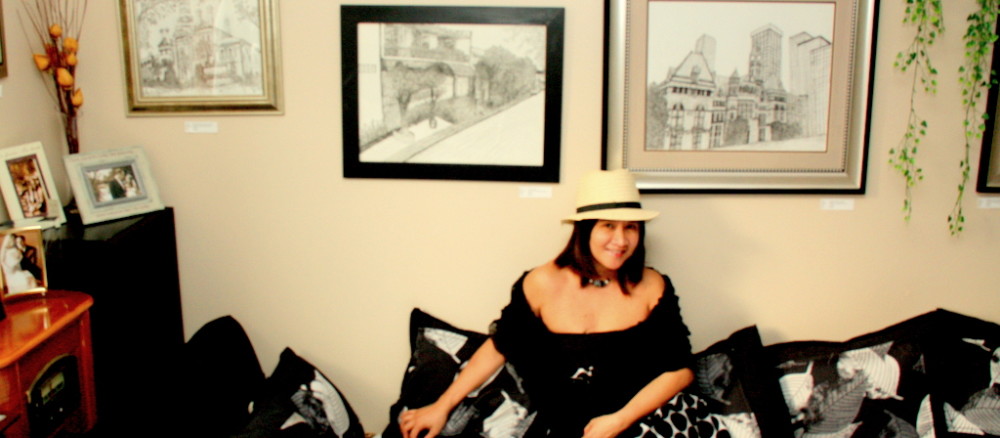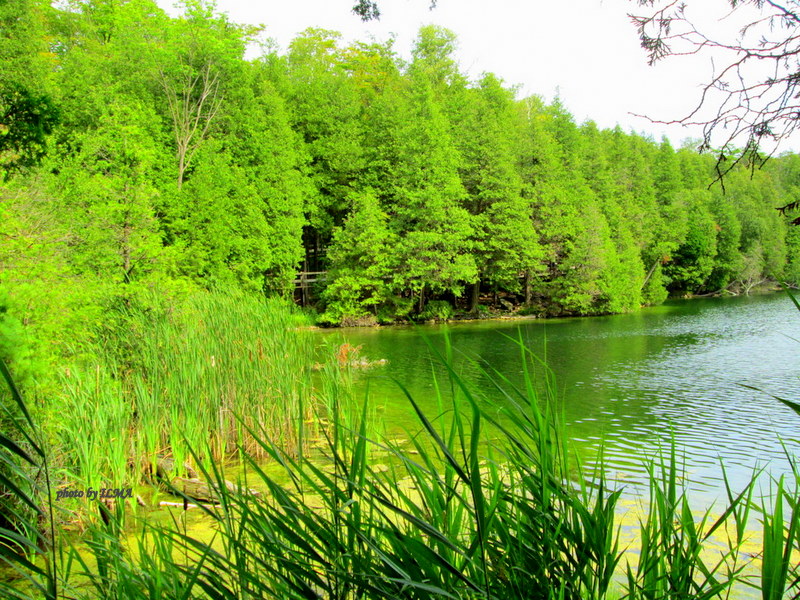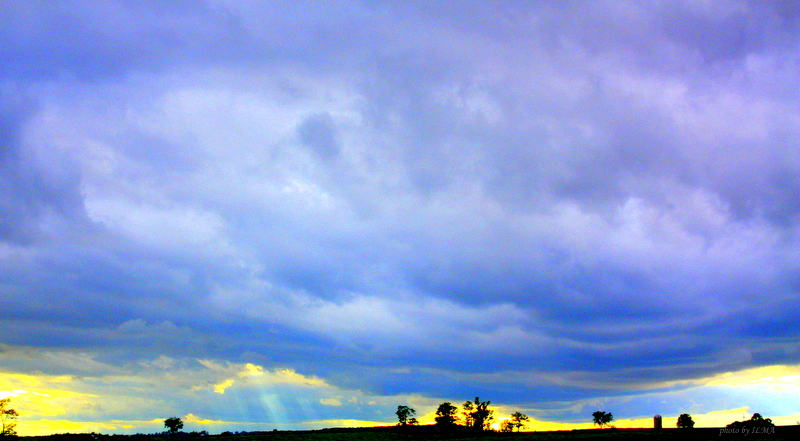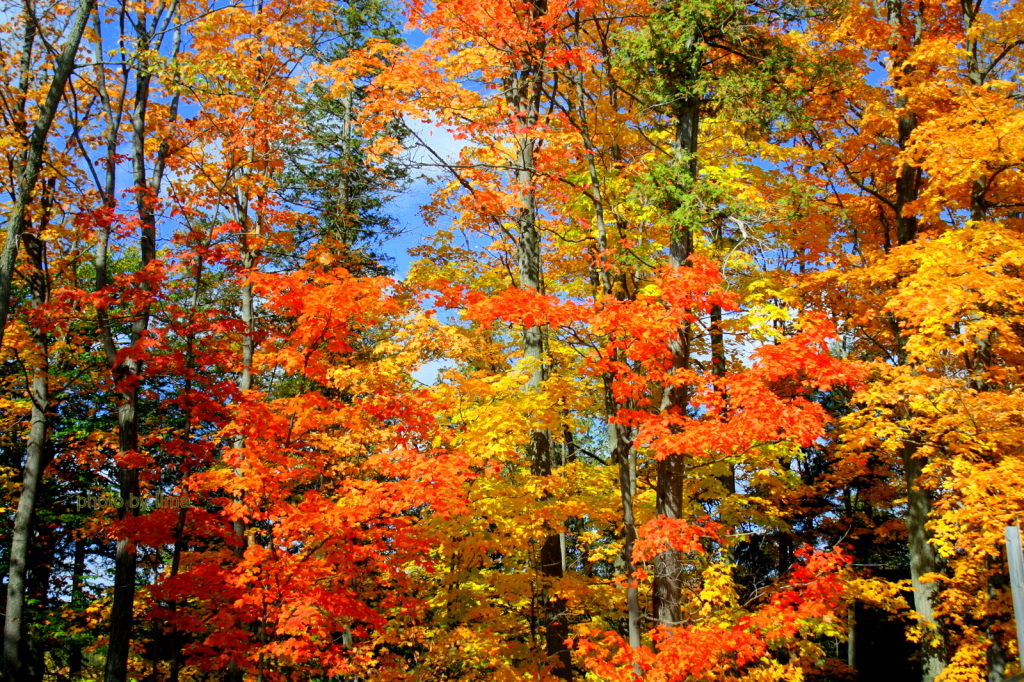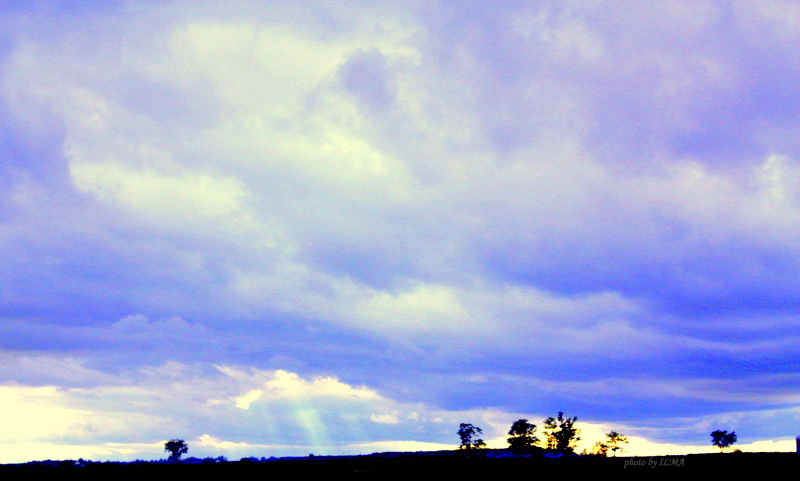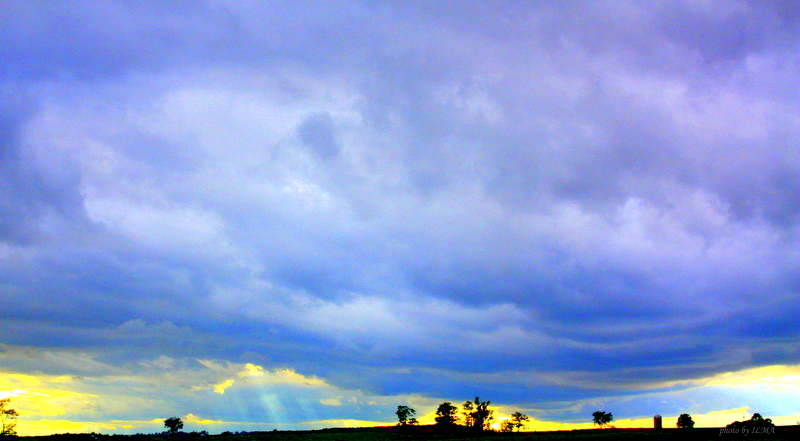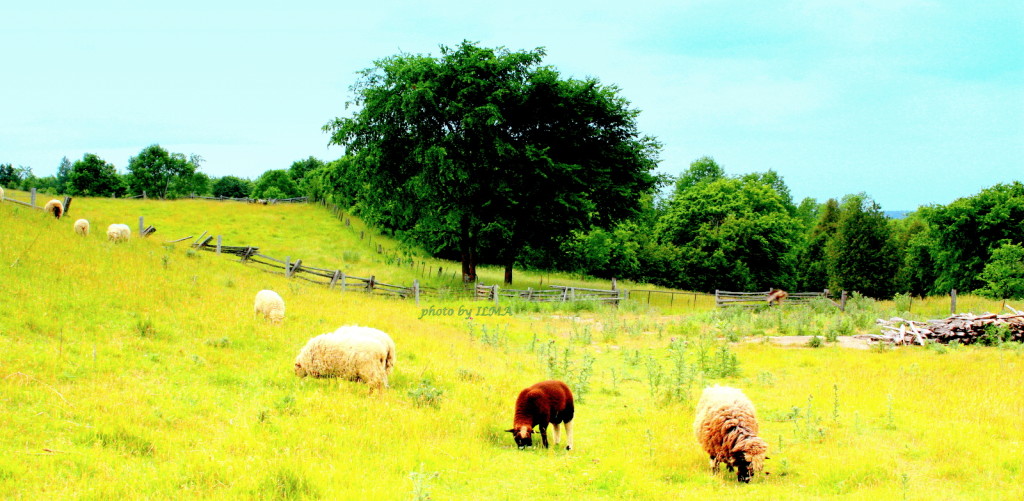PROVERBS 16
The plans of the heart belong to man,
but the answer of the tongue is from the Lord.
2 All the ways of a man are pure in his own eyes,
but the Lord weighs the spirit.
3 Commit your work to the Lord,
and your plans will be established.
4 The Lord has made everything for its purpose,
even the wicked for the day of trouble.
5 Everyone who is arrogant in heart is an abomination to the Lord;
be assured, he will not go unpunished.
6 By steadfast love and faithfulness iniquity is atoned for,
and by the fear of the Lord one turns away from evil.
– Proverbs 16:1-6
PROVERBS 16 WARNING TO THE ARROGANT
A poem by ILMA inspired by these verses
Watch out you haughty and arrogant people!
Your pride will not go unpunished and unnoticed
Everyone who are wise in their own eyes will crash
Be wary for you will all come falling down
Thinking that you are better than anyone
Is an abomination to the Lord your God.
Why do you think God hates the proud? Did he make us in his image so we can think highly of ourselves? Solomon warns us of arrogance in verse 5. He says that it is an abomination to the Lord. The Hebrew word tōʻēḇā is often translated as “abomination” and is primarily used to describe idolatry. In Psalm 10:3-4, the psalmist described the arrogant. It says “ For the wicked boasts of the desires of his soul, and the one greedy for gain cursesand renounces the Lord. In the pride of his facethe wicked does not seek him; all his thoughts are, “There is no God.” From these supporting verses, we can conclude that arrogance is loathed by God because it is idolatry and does not acknowledge him.
REFLECTION
- Why do you think arrogance is idolatry and why is it such a big sin to God?
